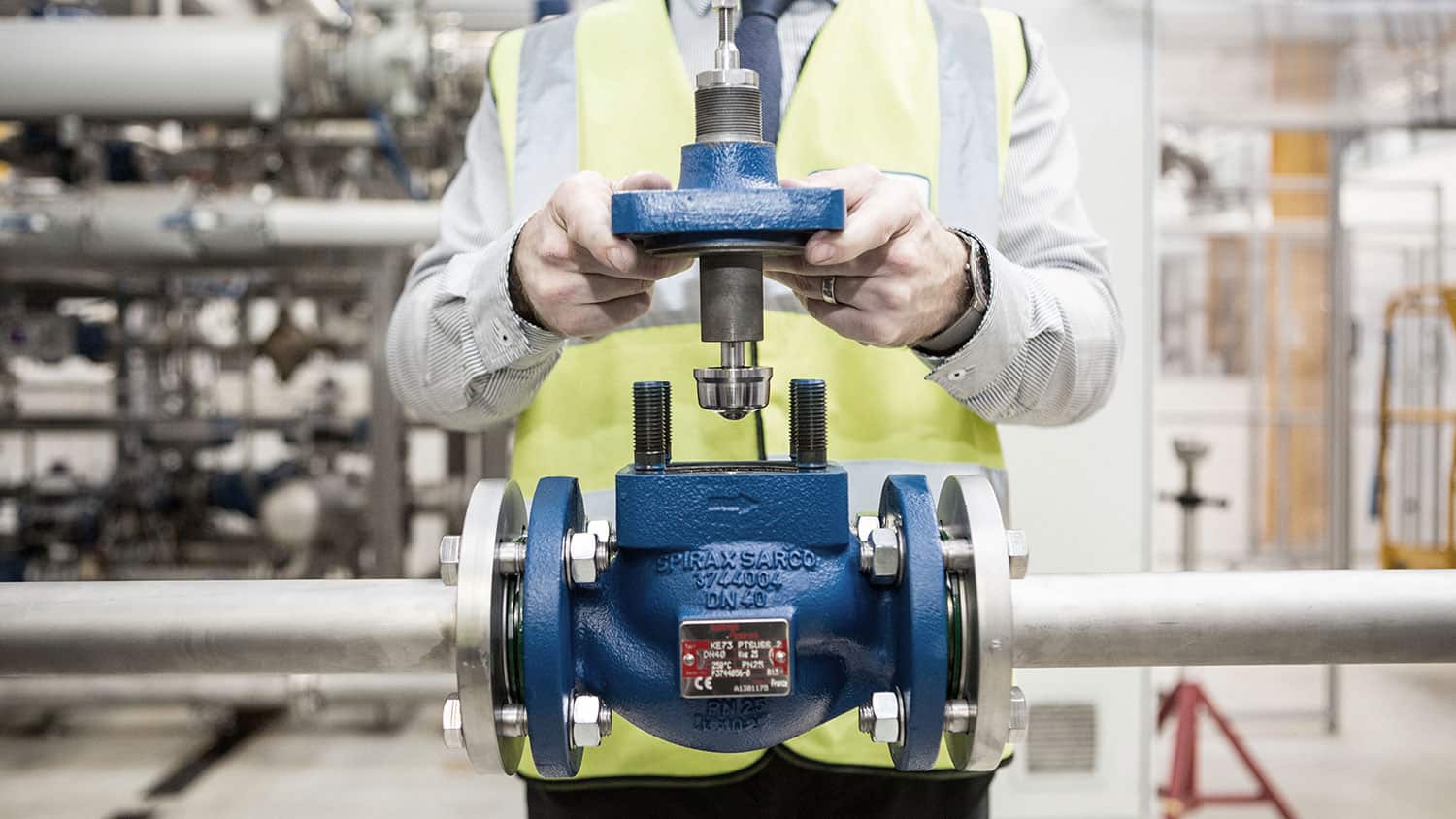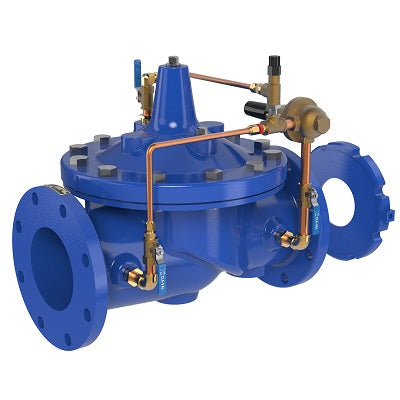The Function of Control Valves in Fluid Circulation Administration Systems
The Function of Control Valves in Fluid Circulation Administration Systems
Blog Article
Achieve Seamless Integration and Control With Quality Structure Automation Controls
In the realm of contemporary structure administration, the value of top quality building automation controls can not be overemphasized. Welcoming quality building automation controls is not merely a matter of convenience yet a strategic necessary for companies intending to optimize their facilities' performance and sustainability.

Development of Structure Automation Controls
Throughout the previous few years, the evolution of developing automation controls has considerably changed the method structures are handled and run. Building automation systems largely focused on standard functions such as managing air flow, air, and home heating conditioning (HEATING AND COOLING) systems. As technology progressed, these controls have come to be a lot more innovative, allowing for a bigger variety of structure systems to be incorporated and taken care of centrally.
The development of developing automation controls has actually seen a change in the direction of even more smart systems that can adapt to changing conditions in real-time. This versatility is critical for enhancing power performance and ensuring passenger convenience. Furthermore, modern-day building automation controls currently offer features such as predictive upkeep, remote tracking, and data analytics, allowing center supervisors to make data-driven choices to enhance building efficiency.

Advantages of Quality Integration
The development in structure automation controls in the direction of more intelligent systems has highlighted the significant benefits of top quality combination in enhancing structure procedures and boosting overall effectiveness. This central control likewise gives far better visibility and understandings right into structure efficiency, allowing proactive maintenance and optimization techniques. Generally, the advantages of top quality assimilation in structure automation controls are indisputable, using enhanced performance, convenience, and operational performance.
Enhanced User Experience and Access
Enhancing customer interaction with structure automation controls through intuitive design and enhanced accessibility boosts the general experience for passengers and center managers alike. By concentrating on individual experience, developing automation systems can end up being much more straightforward and reliable. Instinctive user interfaces, clear navigating, and adjustable settings empower users to interact with the controls conveniently and successfully.
Availability functions play a vital function in ensuring that all individuals, consisting of those with specials needs, can use the building automation regulates with convenience. Including functions such as voice commands, tactile switches, and color-contrasted screens can enhance accessibility and make the controls a lot more inclusive.
Moreover, boosted individual experience leads to greater customer contentment, boosted productivity, and much better decision-making. Residents can adjust ecological setups according to their preferences, while center supervisors can efficiently handle and check building systems - control valves. On the whole, prioritizing customer experience and ease of access in structure automation manages adds to a more smooth and productive structure atmosphere for all stakeholders entailed
Sustainable Practices With Automation

Moreover, automation can promote the assimilation of renewable resource resources such as solar panels or wind turbines right into building procedures. By automatically changing energy usage based upon the availability of sustainable power, buildings can additionally reduce their reliance on non-renewable sources. This seamless assimilation of lasting practices not only benefits the atmosphere yet also enhances the total functional effectiveness and cost-effectiveness of the structure. Via automation, structures can align with contemporary sustainability goals and add to a greener future.
Future Trends in Building Control Equipment
In expectancy of evolving and progressing technologies sustainability practices, the trajectory of building control systems is positioned to accept ingenious options try this and transformative techniques. One popular trend forming the future of structure control systems is the boosted combination of Expert system (AI) and artificial intelligence. These innovations enable buildings to adjust in real-time to altering problems, enhancing power intake and boosting comfort for residents. Additionally, the Internet of Points (IoT) is revolutionizing structure control systems by connecting sensing sites units and gadgets to simplify operations and boost efficiency.
Another essential trend is the emphasis on cybersecurity actions to safeguard against possible threats to developing automation systems. As structures come to be much more interconnected, ensuring robust cybersecurity procedures will certainly be necessary to protect sensitive information and prevent unapproved gain access to.
Furthermore, the change towards cloud-based systems is getting energy, permitting centralized control and remote access to building systems. This promotes easier tracking, maintenance, and updates, improving the total performance and flexibility of building control systems. As technology proceeds to development, these fads are anticipated to form the future landscape of structure automation controls, driving technology and sustainability in the built environment.
Conclusion
Future trends in building control systems are most likely to focus on more boosting automation abilities for enhanced energy efficiency and overall efficiency. It is necessary for structure owners and operators to focus on the adoption of top quality structure automation manages to optimize structure operations and achieve long-term sustainability objectives.
In the realm of modern-day building administration, the importance of quality structure automation controls can not be overstated. On the whole, the evolution of structure automation manages proceeds to drive development in the structure monitoring market, supplying new opportunities for creating smarter and more lasting structures.
The improvement in building automation manages towards even more smart systems has emphasized the considerable advantages of quality assimilation in optimizing building operations and enhancing total performance. On the whole, prioritizing customer experience and availability in structure automation manages contributes to a much more efficient and smooth building atmosphere for all stakeholders included.
It is important for structure proprietors and drivers to focus on the fostering of quality building automation Resources regulates to optimize building operations and accomplish long-term sustainability goals. - control valves
Report this page